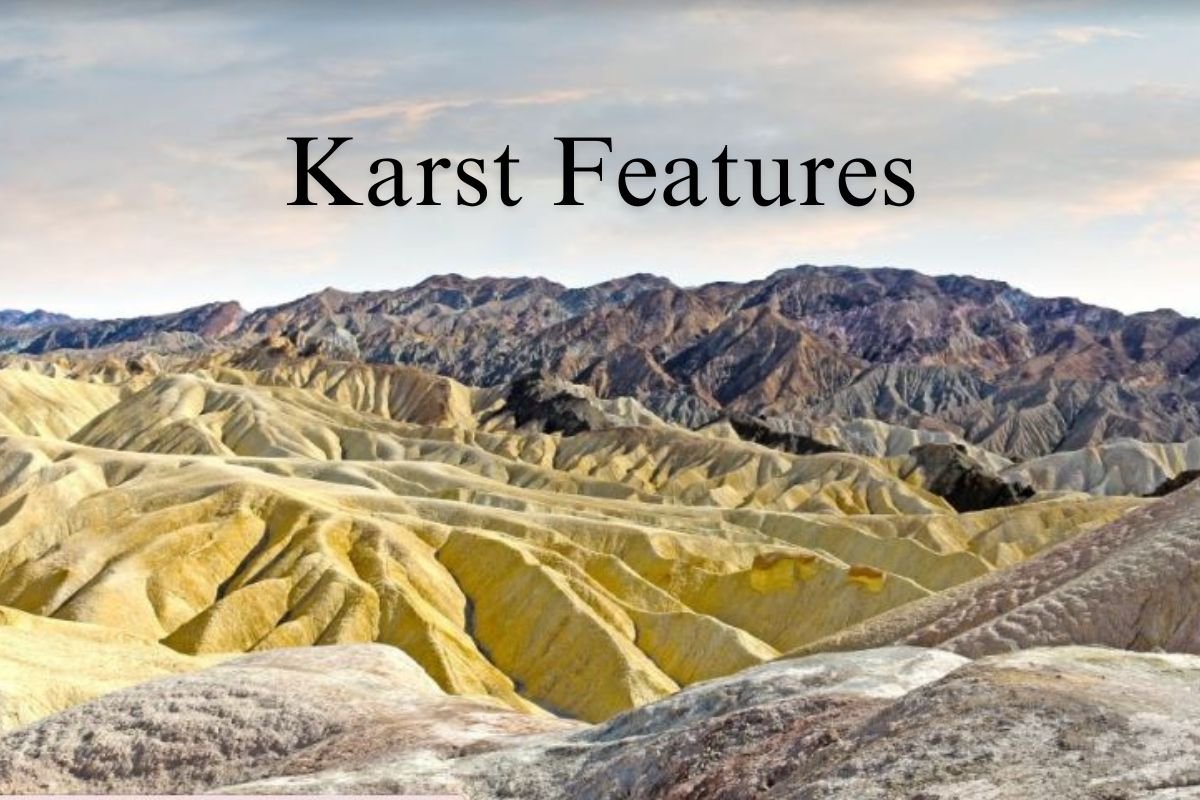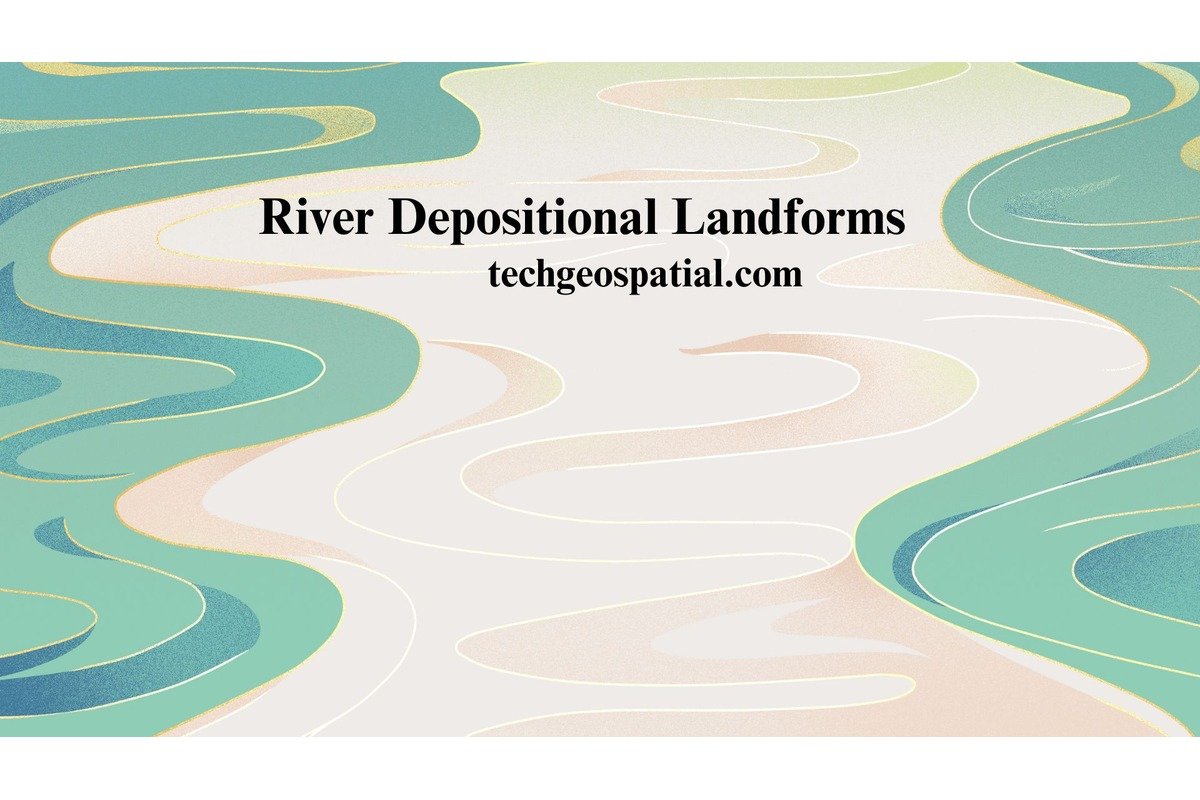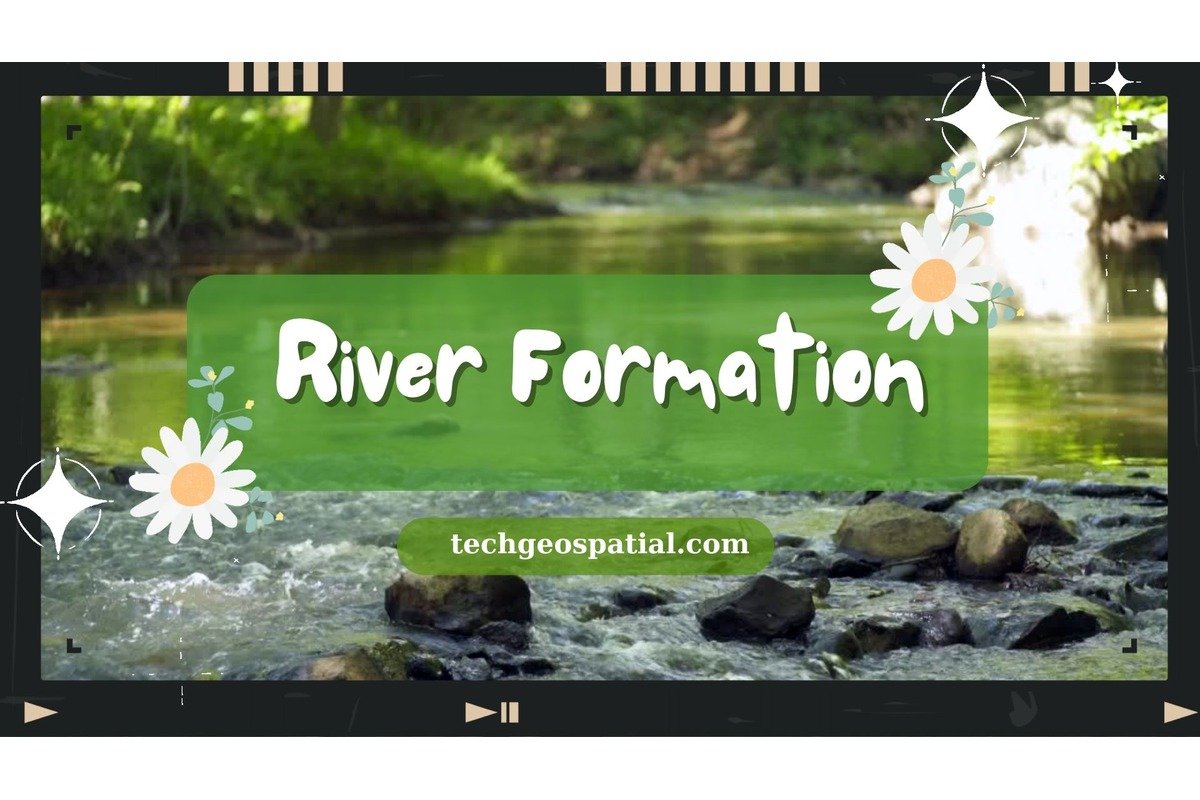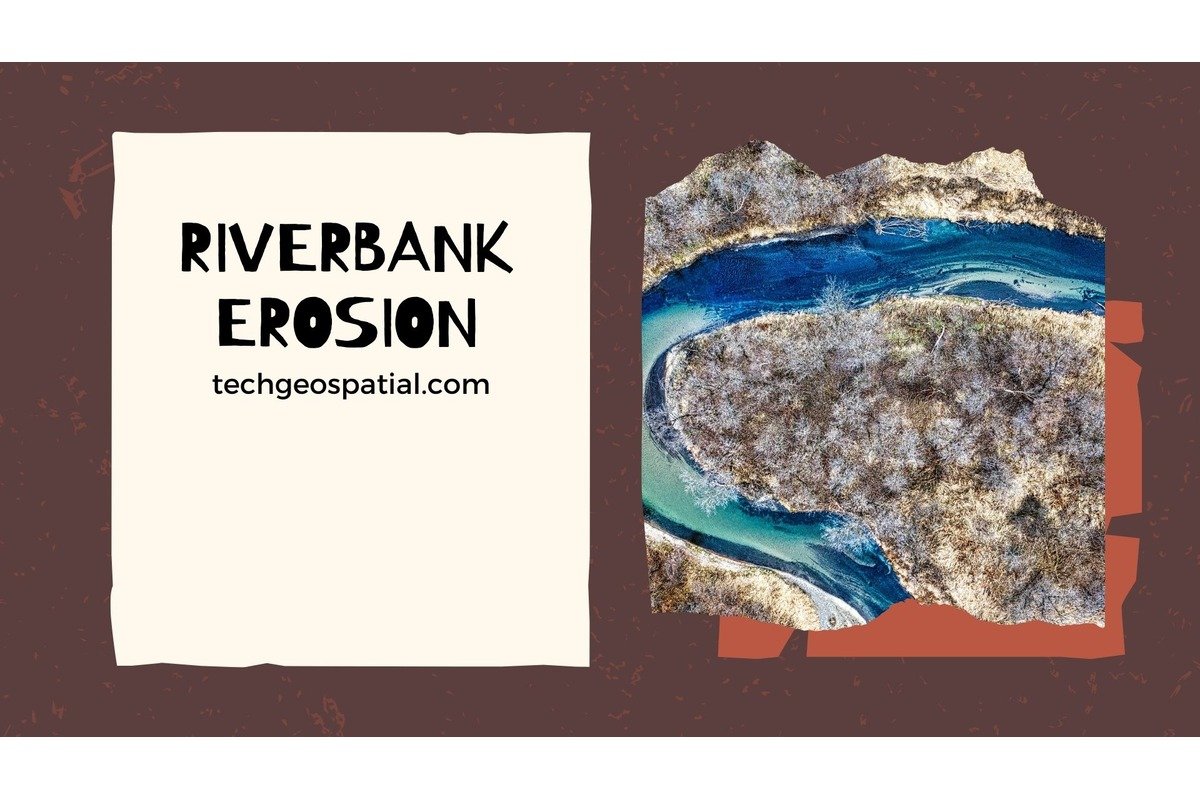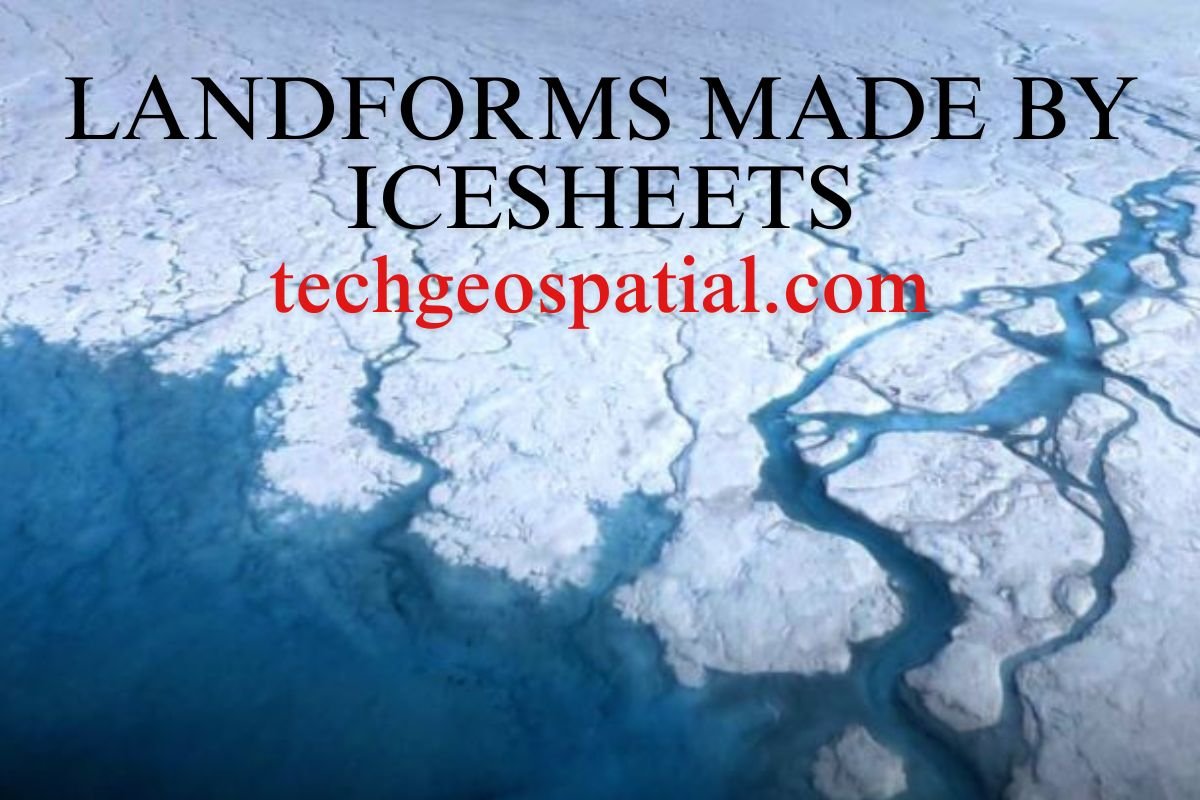
Landforms made by Icesheets
Introduction to icesheets Landforms Ice sheets are immense masses of ice covering vast areas of land, most notably Antarctica and Greenland. These ice sheets are crucial components of Earth’s climate system, influencing global sea levels and regulating regional weather patterns. Formed over thousands of years through the accumulation and compaction of snow, ice sheets play…


